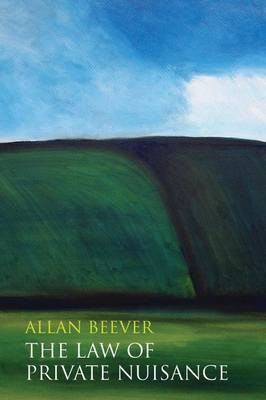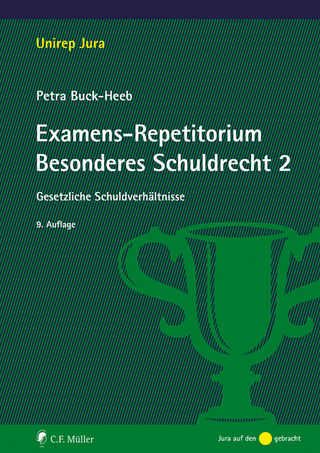
The Law of Private Nuisance
Hart Publishing (Verlag)
978-1-84946-506-9 (ISBN)
It is said that a nuisance is an interference with the use and enjoyment of land. This definition is typically unhelpful. While a nuisance must fit this account, it is plain that not all such interferences are legal nuisances. Thus, analysis of this area of the law begins with a definition far too broad for its subject matter, forcing the analyst to find more or less arbitrary ways of cutting back on potential liability. Tort law is plagued by this kind of approach.
In the law of nuisance, today's preferred method of cutting back is to employ the notion of reasonableness. No one seems to know quite what 'reasonableness' means in this context, however. This is because, in fact, it does not mean anything. The notion is no more than the immediately recognisable symptom of our inadequate comprehension of the law.
This book expounds a new understanding of the law of nuisance, an understanding that presents the law in a coherent and systematic fashion. It advances a single, central suggestion: that the law of nuisance is the method that the common law utilises for prioritising property rights so that conflicts between uses of property can be resolved.
Allan Beever is Professor of Law at the University of South Australia, Adelaide.
1. Introduction
I. General
II. Outlook
III. Scope
IV. Use
2 The Conventional View
I. A Debate: A Comment on Style
II. The View
III. An Account of the Law
IV. Two Specific Difficulties with the Conventional View
V. Conclusion
3 The Grounds of Liability
I. Finding the Ground
II. Examining the Ground
III. The Structure of Analysis
IV. The Case Law
4 Illustrations of the General Principle
I. The Rule of Give and Take, Live and Let Live
II. The Location
III. The Sensitivity of the Claimant
IV. The Duration of the Interference
V. Isolated Events
5 The Activity
I. The Description of the Parties' Activities
II. The Malice Doctrine
6 Coming to a Nuisance
I. Bliss v Hall
II. Sturges v Bridgman
III. Miller v Jackson
IV. Kennaway v Thompson
V. Why 'Who Got There First?' Does Not Matter
VI. Miller v Jackson Revisited
7 A Nuisance Coming to You
I. Three Views
II. The Traditional Law
III. The Slide to Negligence
IV. Criticism of the Contemporary Approach
V. An Alternative Approach
VI. Revisiting the Case Law
8 Fault and Foreseeability
I. Introduction
II. Fault, Negligence and Foreseeability
III. Foreseeability and Nuisance
IV. Justifying Strict Liability
9 The Rule in Rylands v Fletcher
I. The Relationship between Nuisance and Rylands v Fletcher
II. The Place of Rylands v Fletcher in the Modern Law
10 The Parties
I. Standing: Who Can Sue?
II. Identifying the Defendant: Who Can Be Sued?
11 Statutory Authority
12 Remedies
I. Injunctions
II. Remoteness
13 Conclusion
| Erscheint lt. Verlag | 5.9.2013 |
|---|---|
| Reihe/Serie | Hart Studies in Private Law |
| Verlagsort | Oxford |
| Sprache | englisch |
| Maße | 156 x 234 mm |
| Gewicht | 450 g |
| Themenwelt | Recht / Steuern ► EU / Internationales Recht |
| Recht / Steuern ► Privatrecht / Bürgerliches Recht ► Besonderes Schuldrecht | |
| ISBN-10 | 1-84946-506-1 / 1849465061 |
| ISBN-13 | 978-1-84946-506-9 / 9781849465069 |
| Zustand | Neuware |
| Haben Sie eine Frage zum Produkt? |
aus dem Bereich


